Today, KORRA will guide you through the following aspects in order on how to choose a bathroom cabinet:
✓ What are the common types of materials for bathroom cabinets?
✓ The pros and cons of different materials.
✓ Selection of bathroom cabinet installation methods.
Bathroom Cabinet Materials
1. Solid Wood (Suitable for those with sufficient budgets, high-end decoration, and a pursuit of environmental friendliness)
Advantages: Oak, a type of solid wood, offers strong stability, a natural and rustic texture, and a certain level of water and moisture resistance. However, it is prone to cracking and deformation when exposed to long-term humidity and requires regular maintenance. It can be customized into any style.
Disadvantages: The moisture content of the wood is affected by the surrounding environment. In dry conditions, it is prone to cracking. Additionally, it is relatively expensive.
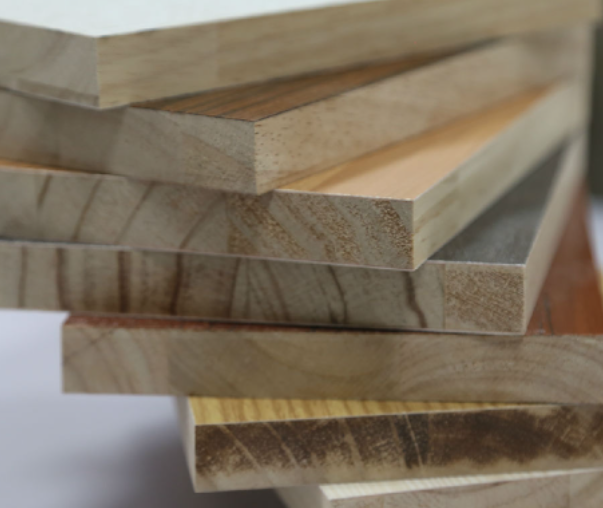
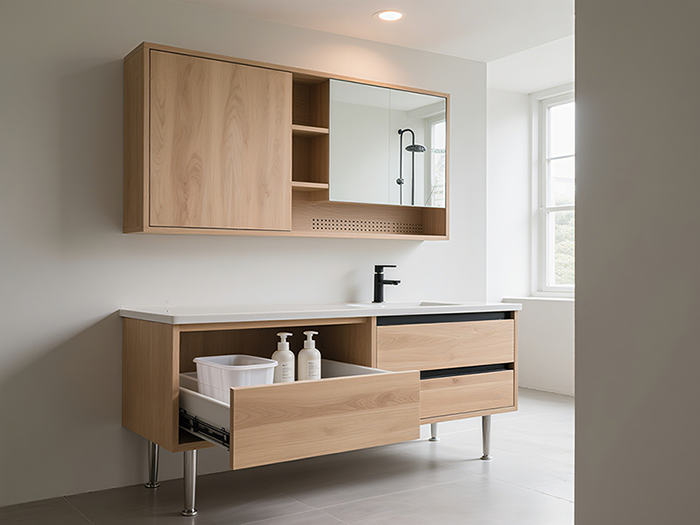
2. Man-made Boards (Including particleboard, plywood, and medium-density fiberboard)
Particleboard
Advantages: It has good stability and nail-holding capacity, making it suitable for storage cabinets and wardrobes.
Disadvantages: It has relatively low water resistance and is not ideal for areas with water exposure, such as kitchen cabinets or bathroom cabinets.
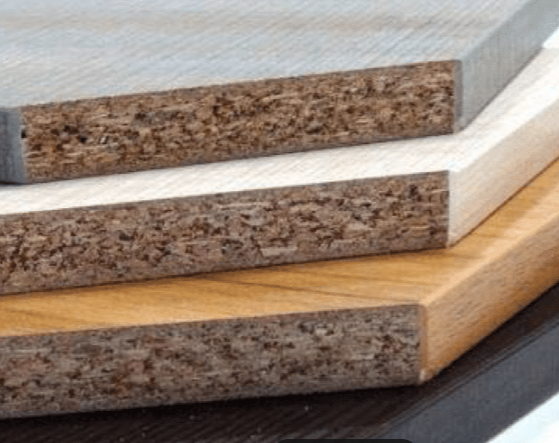

Plywood (Multilayer Board)
Advantages: It features excellent structural strength, elasticity, and toughness. It can regulate temperature and humidity, is dustproof, waterproof, and environmentally friendly. Strictly speaking, it belongs to the category of solid wood boards. It offers better water resistance than particleboard and is a suitable choice for bathroom cabinets, kitchen cabinets, balcony cabinets, washing machine cabinets, or tatami mats.
Disadvantages: It requires edge banding treatment; otherwise, it may affect aesthetics. Due to the natural properties of wood, the panels may have color variations and small knots. (Suitable for those seeking a balance between quality and appearance.)

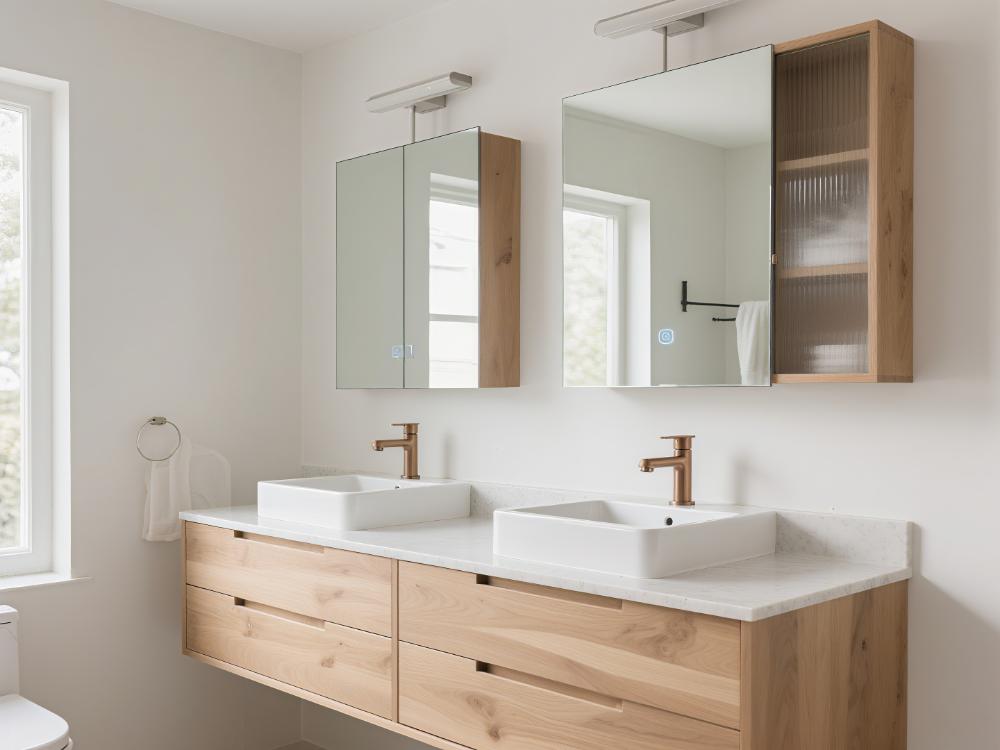
Medium-Density Fiberboard (MDF)
Advantages: Its structure is more uniform than natural wood, avoiding issues such as decay and insect infestation. It has minimal expansion and contraction, making it easy to process. Its smooth surface facilitates the application of various finishes.
Disadvantages: It is prone to cracking.
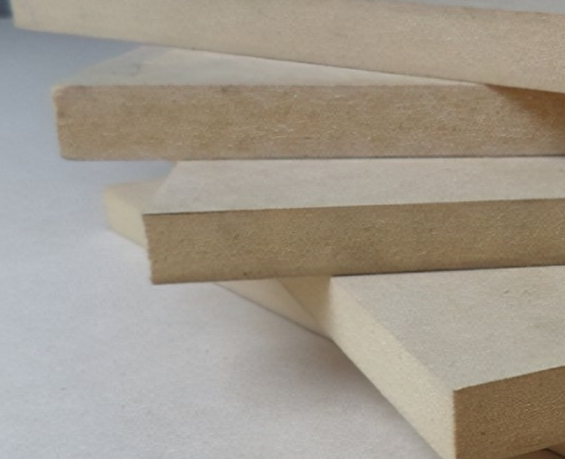
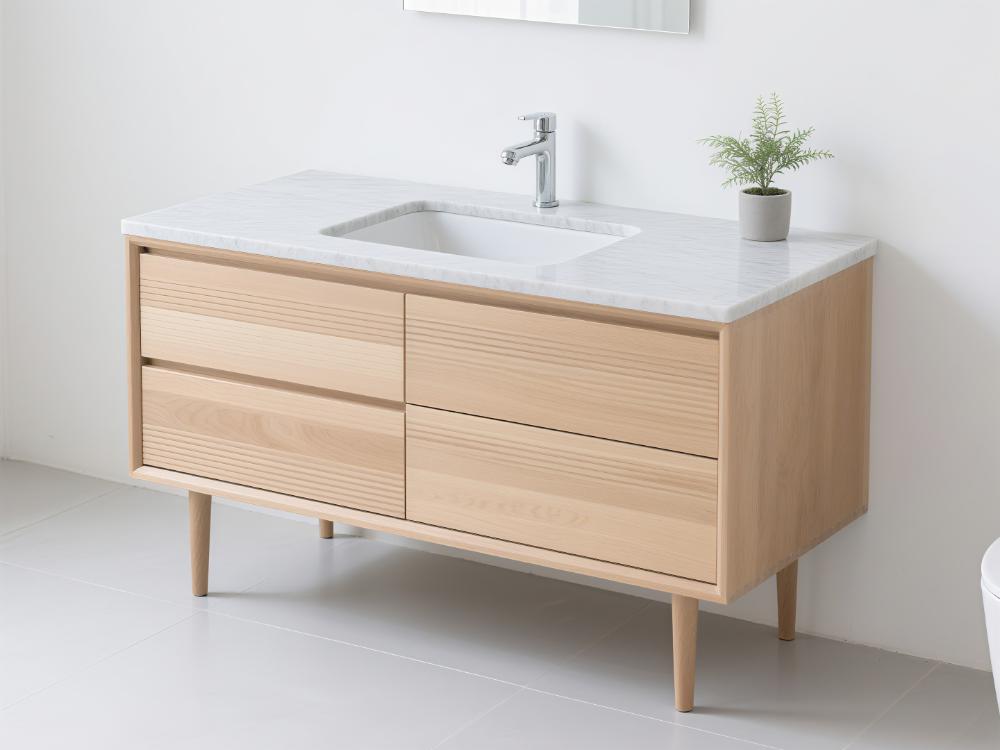
PVC Board (Suitable for trendsetters)
Advantages: Made from polyvinyl chloride as the raw material, it offers strong water resistance, is not prone to moisture or mold, is durable, and has an affordable price. However, it is not heat-resistant, has poor load-bearing capacity, is highly malleable, and is relatively inexpensive.
Disadvantages: Its surface is prone to scratches that cannot be repaired. It is not suitable for placing heavy items. It is sensitive to high temperatures and light exposure and may turn yellow over time.
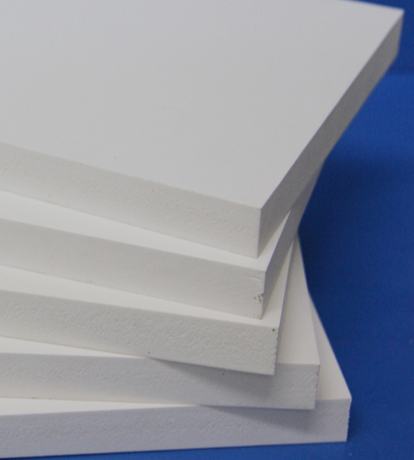
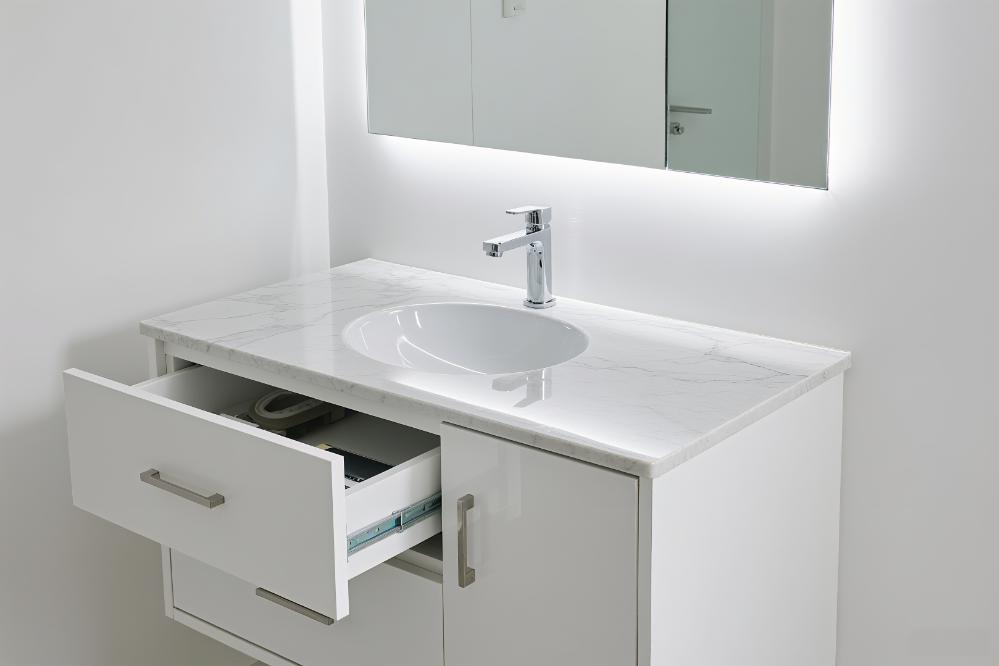
3. Stainless Steel (Recommended for those who do not prioritize appearance and if dry-wet separation is not possible in the bathroom)
Advantages: It has a strong metallic appearance, excellent wear resistance, and moisture resistance.
Disadvantages: The cabinet body is thin, with simple styles. The surface is prone to corrosion and scratches. 304 stainless steel is preferred and is more suitable for balcony cabinets.
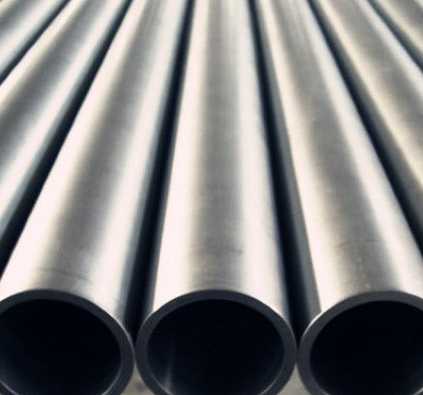
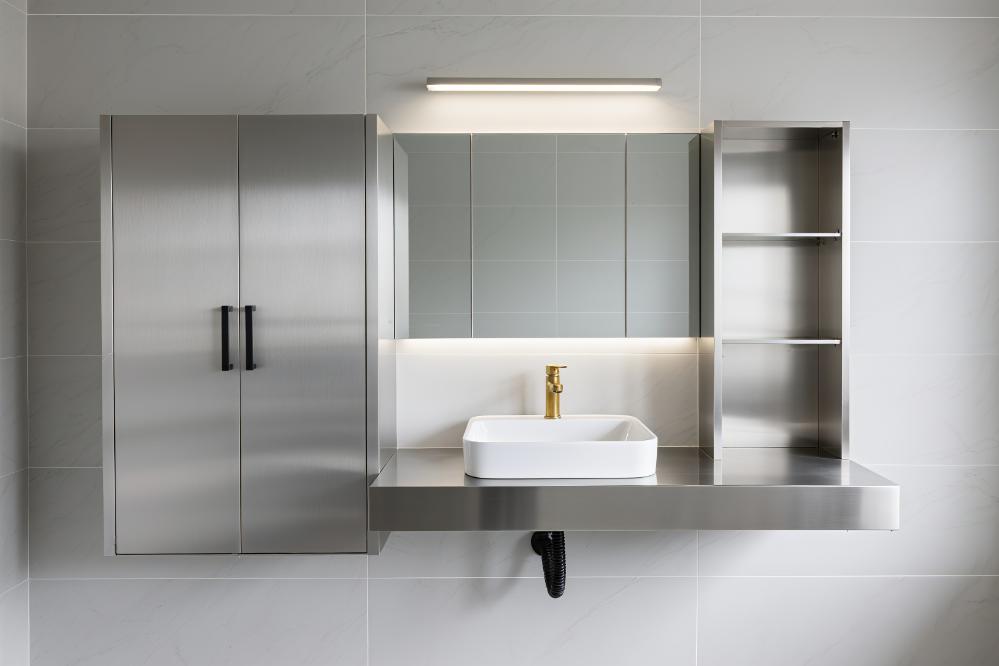
Selection of Bathroom Cabinet Installation Methods
Wall-mounted
Advantages: It offers an aesthetically pleasing look, has no hard-to-clean corners, effectively disperses moisture and humidity, and extends the service life. Wall drainage must be properly installed.
Disadvantages: Installation is restricted and requires a load-bearing wall.
Floor-standing
Advantages: It provides ample cabinet space, has no installation restrictions, and is easy to install.
Disadvantages: The bottom is prone to moisture and mold. Opt for models with double-sided waterproof layers.
Summary
Each type of board has its unique and irreplaceable role, and broadly speaking, there is no absolute good or bad. In general, no board can withstand prolonged water exposure. For areas away from water, particleboard can be used for cabinets, while multilayer boards are suitable for areas near water. If dry-wet separation is not possible in the bathroom, stainless steel cabinets are preferred. For installation methods, wall-mounted options are recommended for easier cleaning, but proper wall drainage must be ensured.
